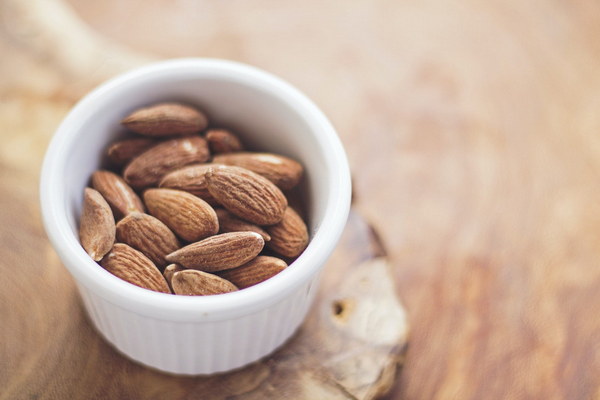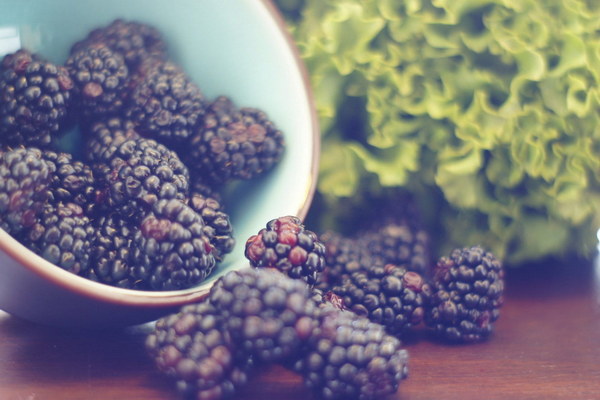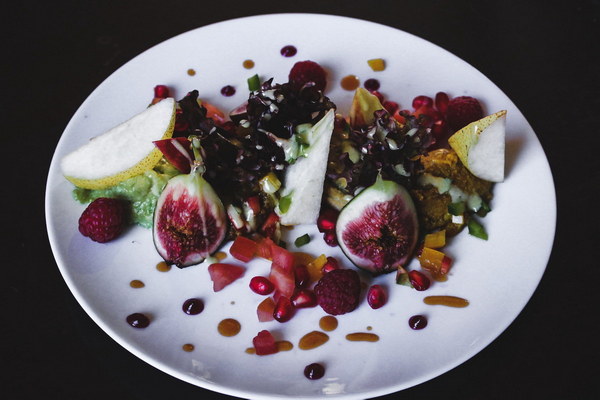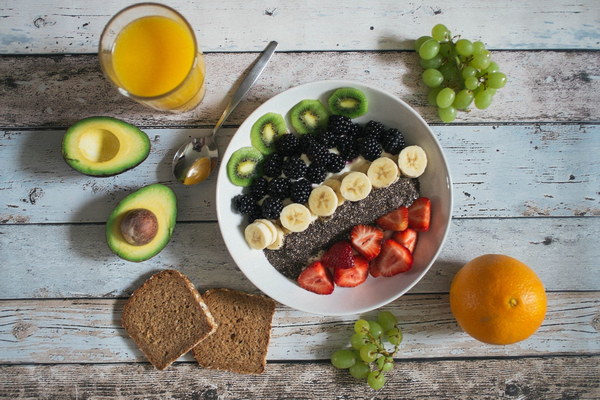Harmonizing Traditional Wisdom A Comparative Study of Moisture Removal through Moxibustion and Chinese Herbs
In the realm of traditional medicine, the concept of dampness is a common underlying factor in various health issues. Both moxibustion and Chinese herbs are widely recognized methods for dampness elimination, each with its unique approach and benefits. This article aims to explore and compare the effectiveness of moxibustion and Chinese herbs in removing dampness, shedding light on the age-old wisdom of traditional Chinese medicine.
I. Introduction
Dampness, in traditional Chinese medicine, refers to an excess of dampness in the body that can lead to a range of health problems, such as fatigue, joint pain, and digestive issues. Moxibustion and Chinese herbs are two primary methods used to eliminate dampness and restore balance to the body. This article will delve into the principles and practices behind these two traditional remedies, highlighting their effectiveness and benefits.
II. Moxibustion: A Brief Overview
Moxibustion is a therapeutic technique that has been practiced in China for thousands of years. It involves burning dried mugwort, a herb known for its warming and invigorating properties, near the skin's surface to stimulate specific acupuncture points. The heat generated by the burning mugwort is believed to boost the body's Qi (vital energy) and expel dampness.
III. Moxibustion for Dampness Elimination
Moxibustion is particularly effective for dampness-related conditions due to its ability to warm the body and stimulate circulation. By improving blood flow, moxibustion helps to eliminate dampness and promote overall health. Some common conditions that can be treated with moxibustion include:
1. Arthritis and joint pain
2. Digestive disorders, such as bloating, constipation, and diarrhea
3. Fatigue and weakness
4. Fertility issues
5. Edema and swelling
IV. Chinese Herbs: A Brief Overview
Chinese herbs are a cornerstone of traditional Chinese medicine, with a rich history of use in treating a wide range of health conditions. These herbs work synergistically to balance the body's Yin and Yang, boost Qi, and eliminate dampness. A personalized herbal formula is typically prescribed based on the individual's specific condition and constitution.
V. Chinese Herbs for Dampness Elimination
Chinese herbs are highly effective for dampness elimination, as they can be tailored to address the root cause of the imbalance. Some commonly used herbs for dampness include:
1. Atractylodes macrocephala (Cang Zhu)
2. Alisma orientale (Zexie)
3. Poria cocos (Fu Ling)
4. Phellodendron amurense (Huang Bai)
5. Angelica sinensis (Dang Gui)
VI. Comparison of Moxibustion and Chinese Herbs for Dampness Elimination
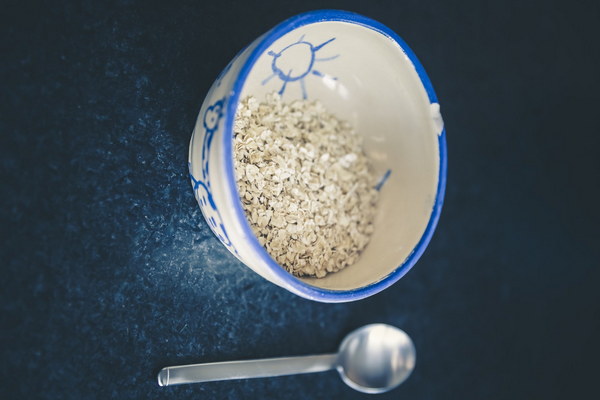
While both moxibustion and Chinese herbs are effective for dampness elimination, there are some key differences between the two methods:
1. Application: Moxibustion is a hands-on therapy that requires the expertise of a trained practitioner. Chinese herbs, on the other hand, can be taken in the form of teas, powders, or capsules and are more accessible to individuals seeking self-care.
2. Duration: Moxibustion sessions typically last 20-30 minutes, while the duration of herbal treatment varies depending on the individual's condition and response to the herbs.
3. Cost: Moxibustion sessions may be more expensive than herbal treatments, as they require the services of a trained professional. However, the cost of herbal treatments can vary based on the quality and quantity of herbs used.
VII. Conclusion
Both moxibustion and Chinese herbs offer effective solutions for dampness elimination, each with its unique advantages. By understanding the principles and practices behind these traditional remedies, individuals can make informed decisions about their health and wellness. Whether through the gentle warmth of moxibustion or the potent properties of Chinese herbs, the wisdom of traditional medicine continues to provide relief and balance to those seeking holistic health solutions.

